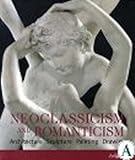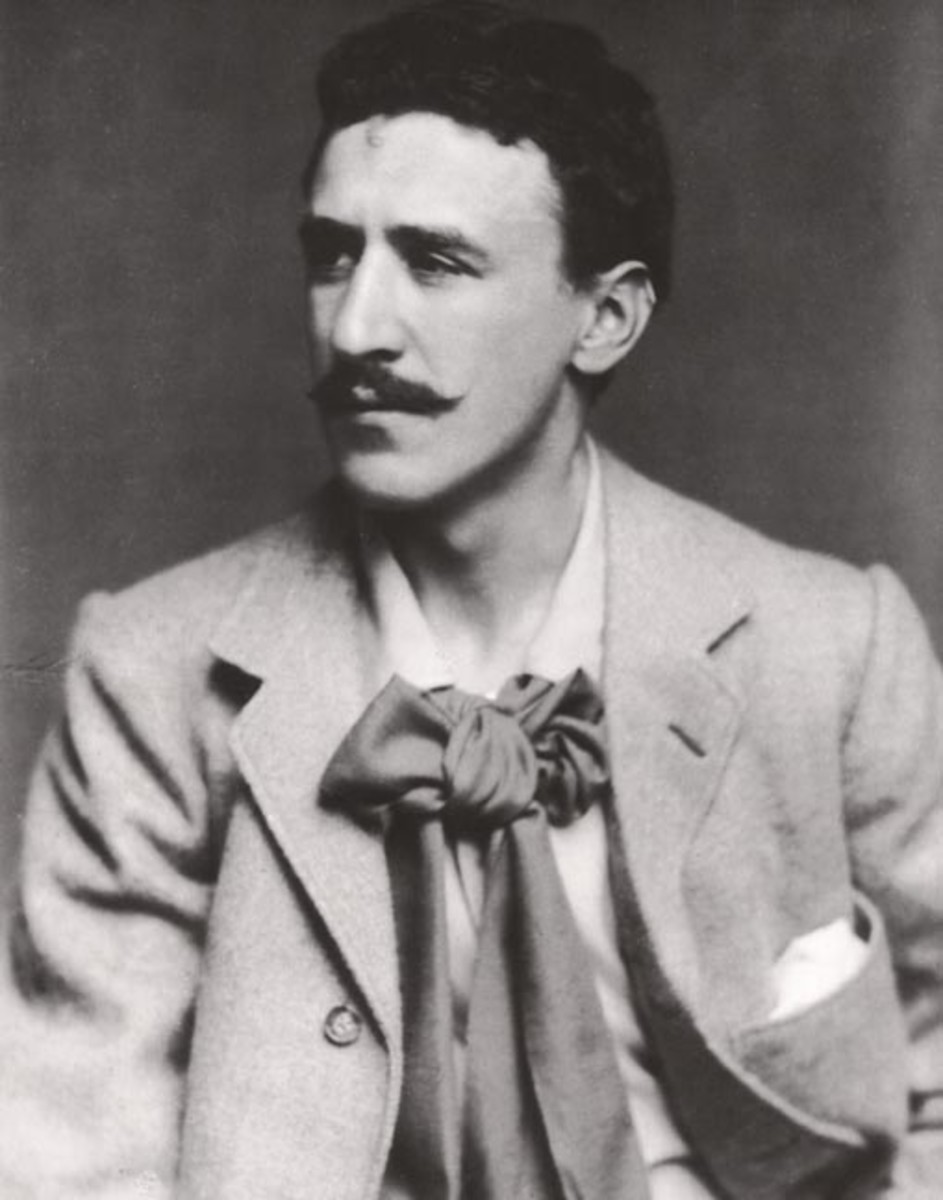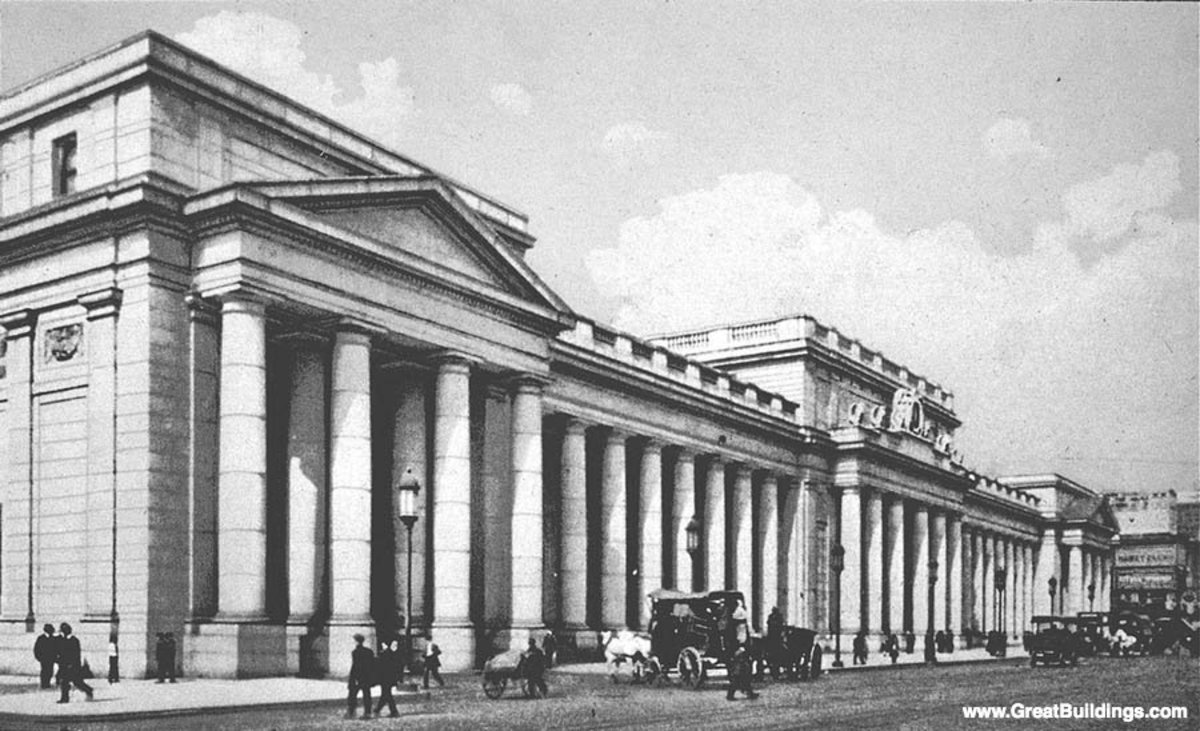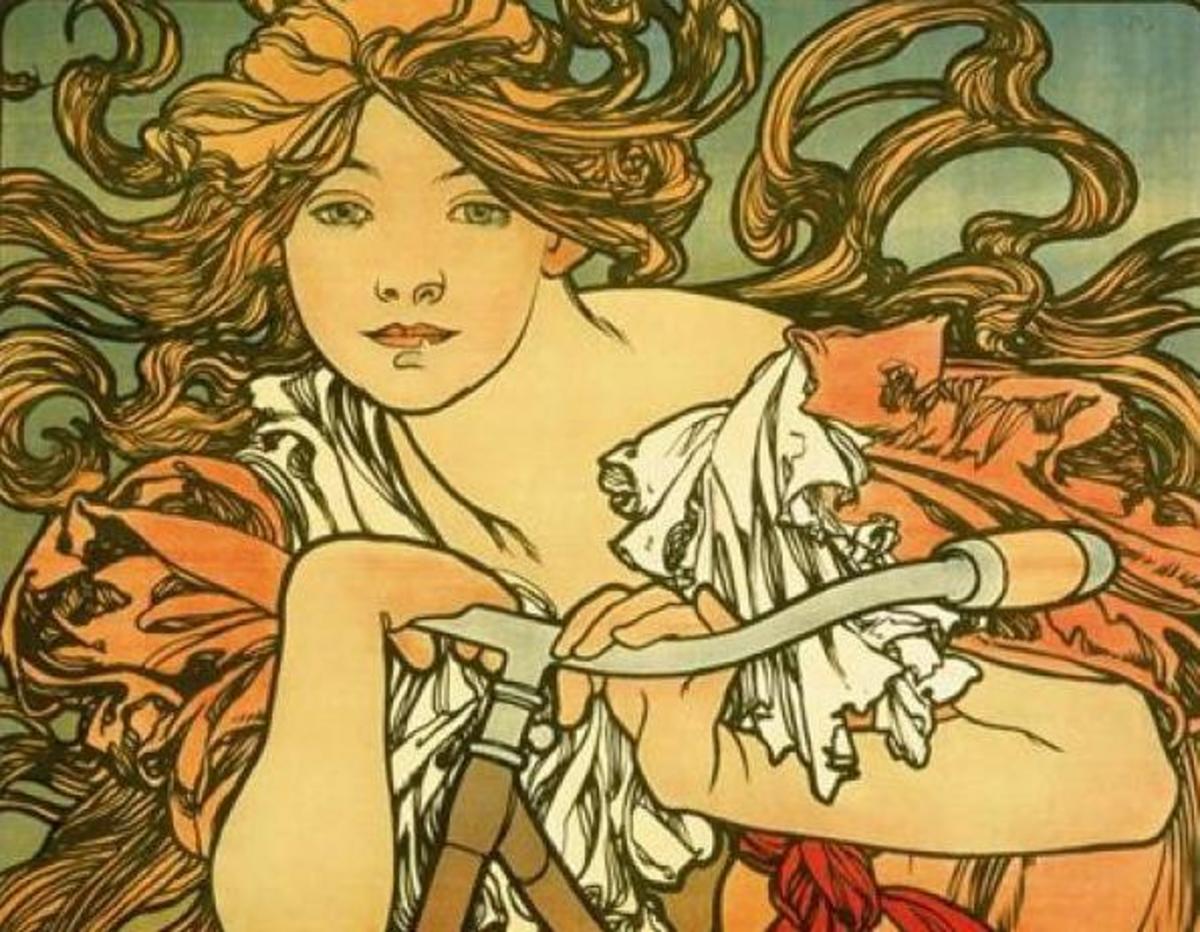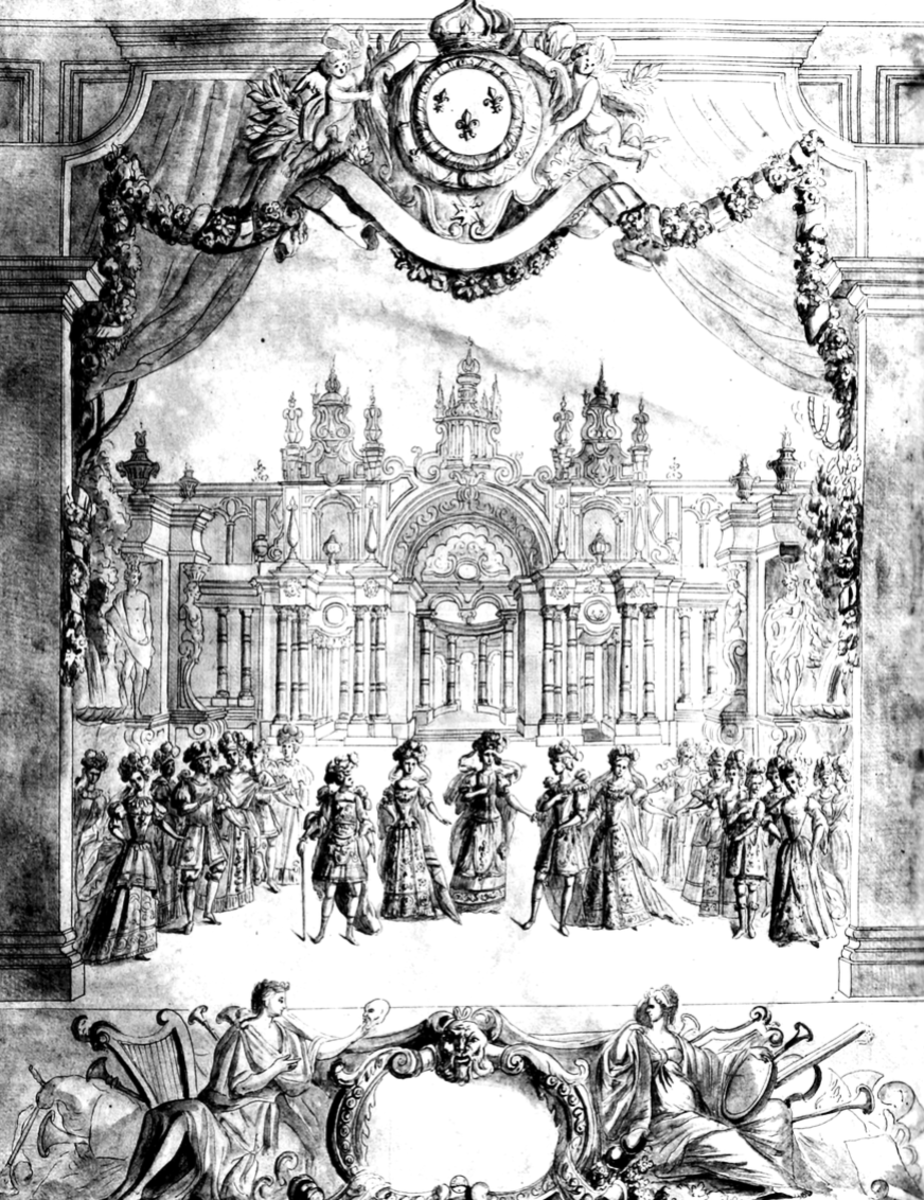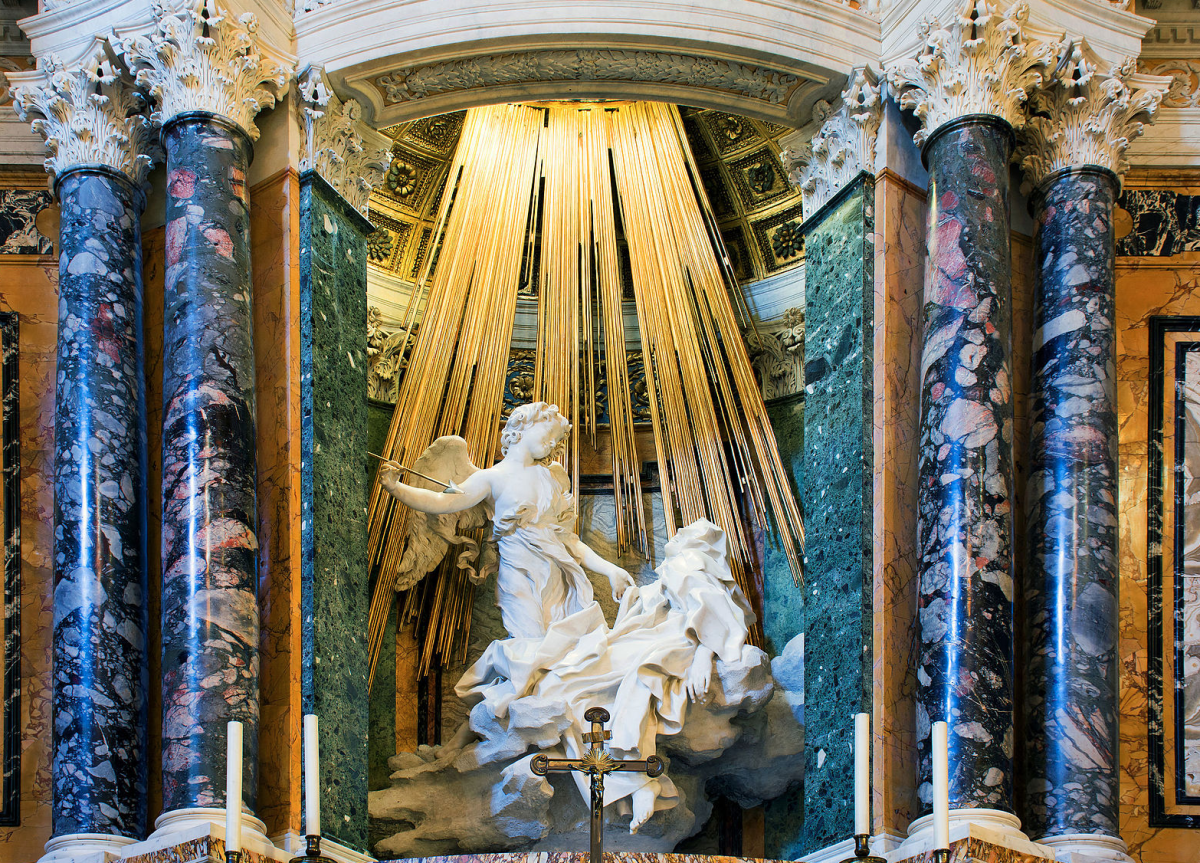- HubPages»
- Home and Garden»
- Home Decorating»
- Interior Design & Decor
The Age of Enlightenment: a New Perspective for a New Age
A New Perspective For a New Age
During the 18th century, Neoclassicism gathered full steam as people rebelled against the Baroque and Rococo styles they felt exemplified decadence by their leaders. Instead they pursued a revival of the classical virtues of reason and order. So began a New Age of style and attitude that would find mass appeal. The Enlightenment, at it would come to be known, was a value system and not a system of beliefs. It emerged as a direct result of specific historical circumstances and was fueled by increasing literacy among the people, along with accessibility to printed materials and more forthright methods of journalism.
The paradigm shift took place almost simultaneously across Europe and in America. Its principles focused on liberty, individual rights, deism and reason. This was in much contrast to the previous two eras in which “the divine right of kings” was the guiding dictum. This new philosophy also changed the way people evaluated art. It was no longer admired just for being aesthetically pleasing but for the revolutionary sentiments that it represented. Palladianism embodied this new ideal and while it had been introduced to England by Inigo Jones (1573-1652) nearly two centuries earlier, it didn't flourish until the early part of the 18th century when it synced with the desire to return to classical values.
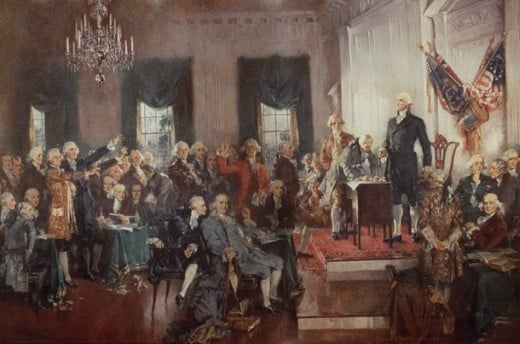
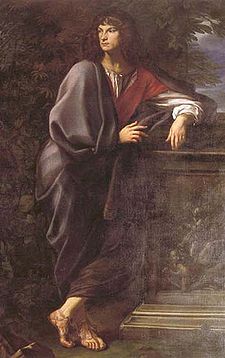
Robert Spencer ,(1641-1702) dressed in Roman classical dress, brought back this portrait of himself painted by Carlo Maratta as a souvenir of his travels on the Grand Tour. This was a common practice among the Grand Tourists. In addition, many young men came back with trunk loads of valuable art that would have been impossible to collect with out travel. The art would then be displayed as a testament to the Tourist's wealth, refinement and taste.
The Grand Tour
The Grand Tour, a journey encompassing specific points in Europe, played an intrinsic role in the spread of these principles. The Tour was a rite of passage that served as a liberal education for young men of gentry. The chief goal of the Tour was to gain exposure to the cultural legacy of classical antiquity and the Renaissance and to meet the aristocracy of other nations.
As such, it facilitated interaction between the pioneers and nascent influential architects of the Neoclassical era who, based on their mutual characteristics of wealth, curiosity, credo, linguistic excellence and an intense distaste for the frivolousness of the Baroque and Rococo Eras, formed deep bonds. They inspired and learned from each other and then took their new knowledge with them to their next destination.
Rome, a key stop on the itinerary, was a cultural treasure trove and attracted proponents of the Enlightenment as teachers and students. Many, like Robert Adam (1728-1792) who is considered to be one of the greatest architects of the Era, mentored under Charles-Louis Clérisseau (1721-1820) who taught at the French Academy in Rome and played an important role in the evolution of neoclassicism. Although Clérisseau wasn't Adam's only influence. Robert also learned from Giovanni Battista Piranesi (1720-1778) before returning to London to open his own practice.
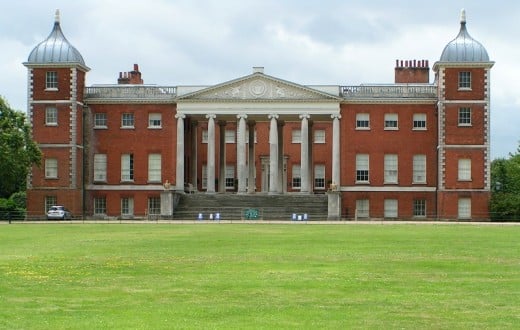
Robert Adams, considered by many to be the finest architect of the 18th century, rejected the Palladian style as introduced to England by Inigo Jones and championed by Lord Burlington. He considered it "ponderous" and "disgustful". Instead he created his own style while drawing inspiration from antiquity. His legacy was to create dramatic contrasts and diversity of form to invite a feeling of movement. Above is Osterly Park, London.
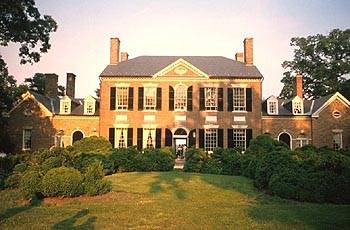
This Federal Style house was designed by William Thornton (who also designed the White House) in 1805 in the state of Virginia. The classical influences are easily discernible in the symmetry as well as the central pediment.
The Spread of the Neoclassical Movement Through the Printed Word
Robert Adam's unique style led the first phase of the Classical Rival and has had a lasting impact. In fact, the Federal style in America owes its inspiration to Adam. A more international perspective came from his rival William Chambers (1723-1796) who was fascinated with Chinese and Continental architecture. Both men published architectural digests that would have significant influence on generations of architects to come.
Colen Campbell (1676-1729) also published a series of books which he used not only to promote himself but also a scathing stance against Baroque architecture. The most important aspect of the books however, was that they were a catalog of designs that was sold for mass consumption. Aesthetically, they were mighty appealing and the opinions and drawings were in complete resonance with the Zeitgeist of the 18th century. This made them an easy export to other countries, including America, where architects were eager to study and incorporate the “new” designs into their own landscape.
Neoclassicism in America
Neoclassicism in American was embraced whole heartedly not only for its beauty but because it symbolized democracy. It displayed several distinct styles which were formed by the tastes of the settlers, the limitations of their new surroundings and the available materials.
The Federal Style which is also sometimes called “Adam Style” was heavily influenced by English architecture and very popular in New England.
Thomas Jefferson's (1743-1826) Idealist style was very Palladian in origin. Strict adherence to classical forms and orders was paramount. The goal was to embody a more “ideal” time and culture – thus, the name.
Benjamin Henry Latrobe was a british born
American architect. He studied in France and Germany and brought to
America the neoclassical sensibilities he had learned there. He is
credited with being the first trained architect in America and with
starting the Greek Revival style that swept across the States.
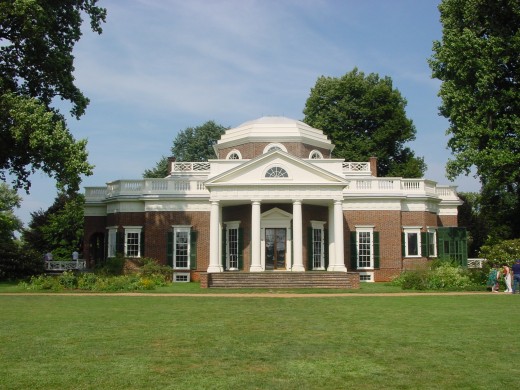
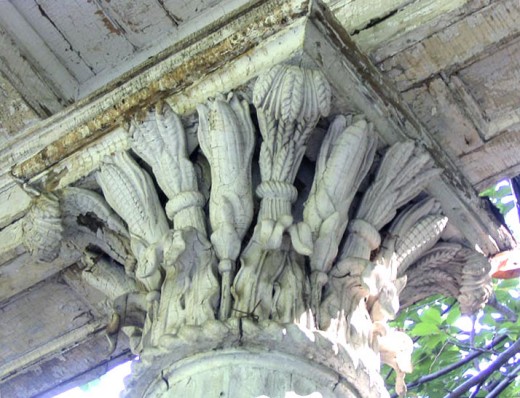
The symbolic nature of neoclassicism extended beyond the obvious. Architects could even use these forms as inspiration to create new forms such as nonce orders. For example, James Adam designed an English order with a lion and unicorn in the capitol and Latrobe designed a series of American orders that used botanics in the capitols similar to this corn cob capitol above.
Symbolism and the Versatility of Neoclassicism
There are several attributes to classical architecture that make it universally appealing; symmetry, grace of proportion, quality of execution and superior materials. Because neoclassicism was based on the concept of classical architecture but not held to its strict rules, architects were able to pick and choose their favorite elements as long as they held to the basic principles beauty. The final design only had to symbolize the idea of classical architecture. This was often achieved by simply utilizing the basic geometrical shapes and vocabulary of classical architecture such as orders, pediments, symmetry, etc. In addition, the rectilinear profiles of the buildings offered simple yet elegant canvases on which to add whatever elements appealed most, making it extremely versatile. In this way, architects could adapt their designs to suit almost any purpose and still please the eye.
The Neoclassical style was a perfect expression of the sentiments of the New Age and was significant allegorically as well as aesthetically. It owes its existence to a very specific set of circumstances and would doubtfully have been fully realized if any had been missing. Its pleasing aesthetic made it easy to adopt by the various countries who made it their own. As a symbol it stood for strength, honor, dignity, reason and hope and embodied the very values that are the foundation of modern Western society.
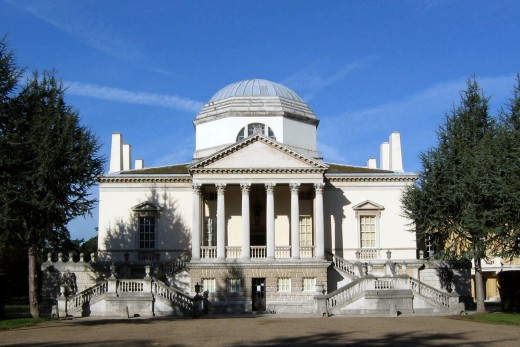
Chiswick House was designed by Kent and Boyle who supposedly built it to house his collection of art. However, many believe that it was actually built as a Masonic Temple and point out the villa's many symbolically charged embellishments as proof further adding this belief was the fact that the house contained neither kitchen nor bedrooms.
While it is certainly true that Lord Burlington used the gallery to house important works by Palladio, and Inigo Jones as well as others, it has been described as ‘a small cupboard with pictures’ and ‘too small to live in, but too large to hang on a watch chain’ which again beg the question of the true reason it was built.
Some of the more substantiating symbolism includes paintings featuring figures displaying triangular finger gestures replicating the Masonic triangle and compass or with fingers to lips; painted rats which symbolize death and snakes which symbolize rebirth (because of its molting).
In addition, the rooms are painted blue and red which were symbolic colors of the Free Masons.
Article by Anne Alexander Sieder all rights reserved. For hardcore interior design fans, check out my blog www.prettyhaus.com.



